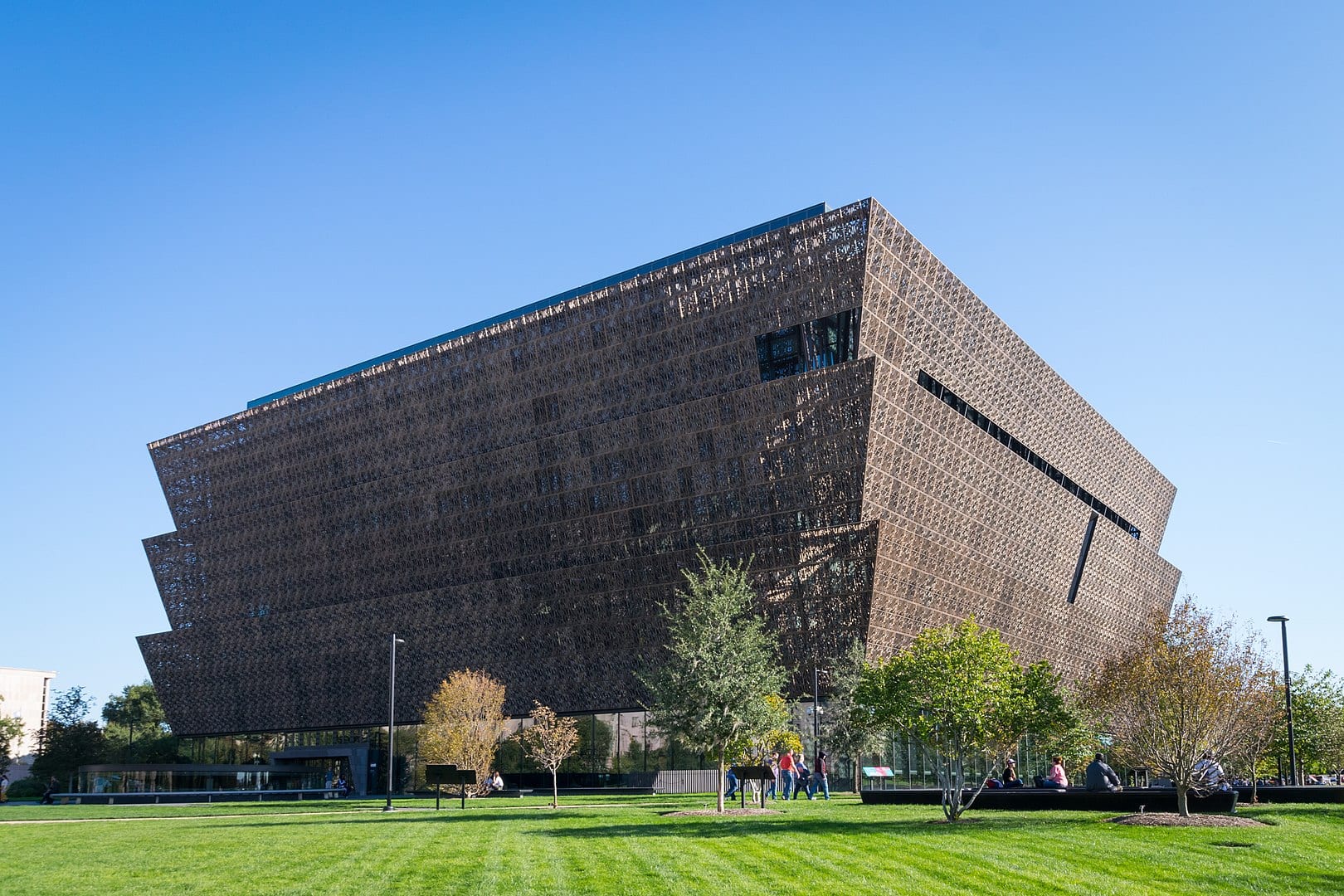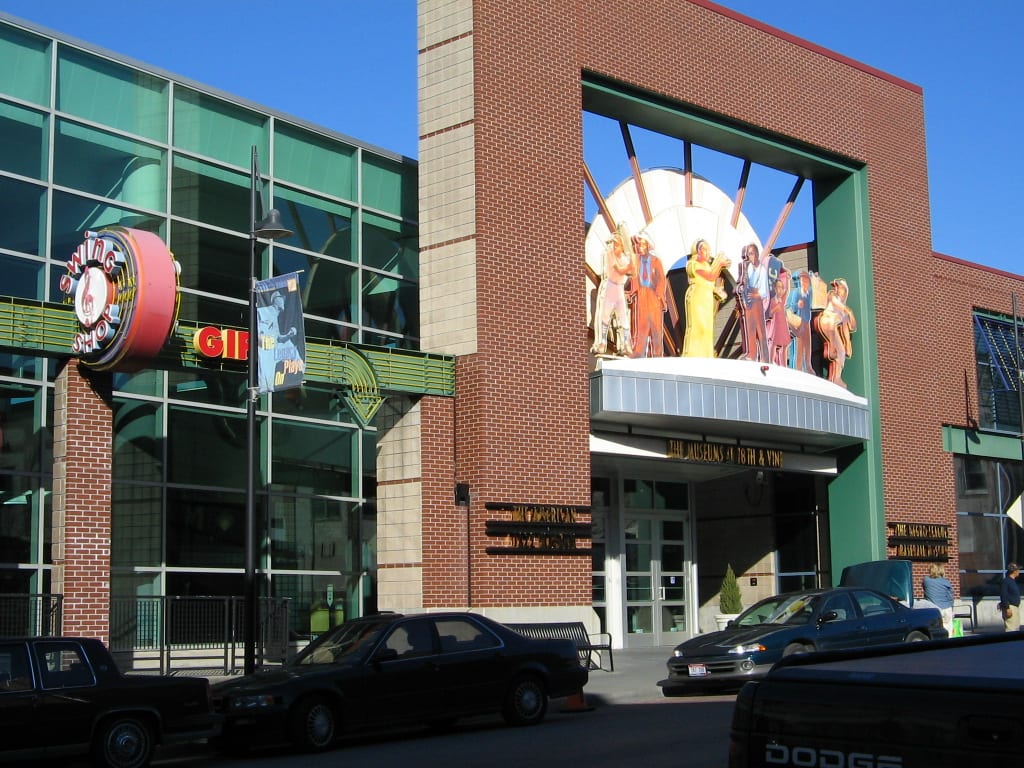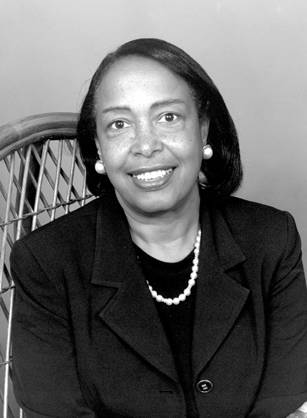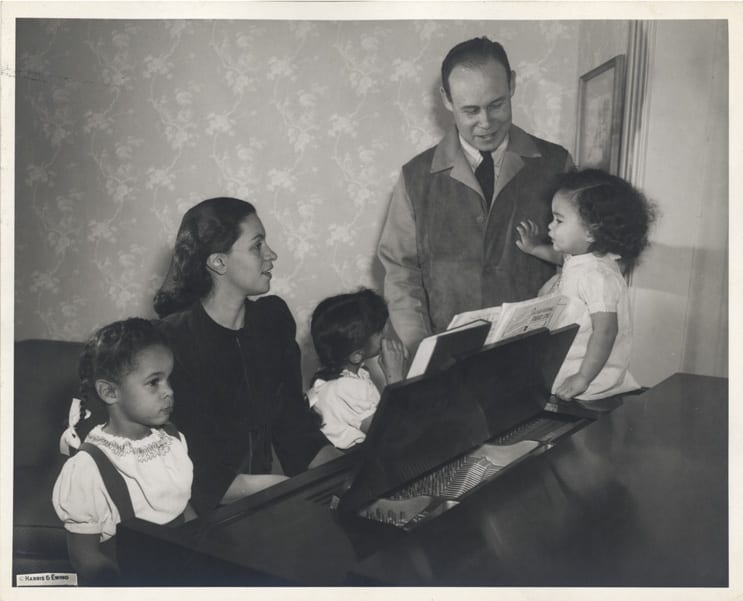February is Black History Month, commemorating the remarkable contributions of Black Americans. It’s an incredible legacy essential for all Americans to know about.
You can often find parks and other sites right in your hometown dedicated to facets of African American history, though you may need to look around a bit. Take the time to delve into the achievements behind the designations – it’s worth it. You may be surprised at what you uncover about the influence of the Black artists, politicians and leaders where you live.
For a more in-depth look at the culture and history of Black citizens throughout the U.S., here are a few places you should make plans to visit this February.
1. Civil Rights Trail
Crossing 15 states, this national trail tells the long story of the struggle of Black people for equality (still ongoing today, we should mention). One of the most important locations of the trail is the site where police confronted marchers on the Edmund Pettus Bridge, in Selma, Alabama.

Photo Credit: Official White House Photo by Pete Souza
2. National Museum of African-American History and Culture
Located in Washington DC, the museum documents Black history and culture. It officially opened it’s doors in November, 2016.

Photo Credit: Wikipedia
3. Beale Street Historic District
Many influential musicians contributed their talents to the young jazz and blues scene in this Memphis neighborhood, including Louis Armstrong and B.B. King. Blues fan Elvis Presley would go on to use the music he heard here as a teenager to develop his own style, which many would say put a white face on an African American style of music, thus making it acceptable for it to gain mass popularity in the 50s.

Photo Credit: Picryl
4. Negro Leagues Baseball Museum
Sharing space with the American Jazz Museum located in Missouri, this space is dedicated to Black baseball players. It houses photos and exhibits highlighting the careers of greats such as Jackie Robinson, Buck O’Neill and many others.

Photo Credit: Wikimedia
5. African Meeting House
One of the oldest historically Black churches in the U.S., the African Meeting House was built in the early 1800s. Yo can find it in the Beacon Hill neighborhood in Boston, where it was significant as a meeting place for the Black community as they organized for the abolition of slavery.

Photo Credit: Wikimedia
6. Harriet Tubman Historical Park
Famously a leader of the Underground Railroad, Harriet Tubman dedicated herself to the cause of freedom from slavery, even when her dedication risked her own life. The land around her former home and her A.M.E. Zion church in Auburn, New York was made a national historic park in 2017.

Photo Credit: Flickr
There are hundreds of sites around the U.S. where you can learn about the rich, historical contributions of Black Americans. So this Black History Month, plan a visit to one to expand your knowledge about the heritage of Black culture—it’s a legacy not to be overlooked.
The post Here Are 6 Important Places to Visit for Black History Month appeared first on UberFacts.









